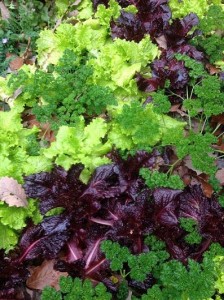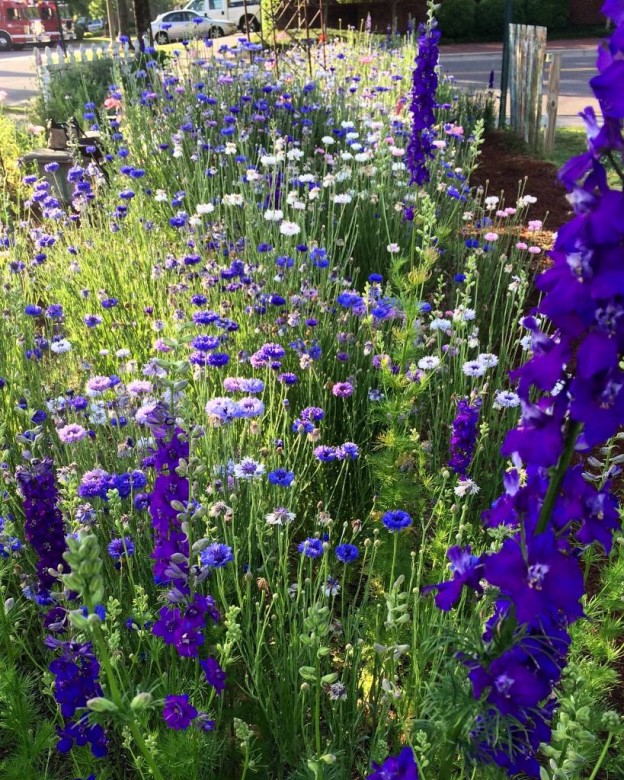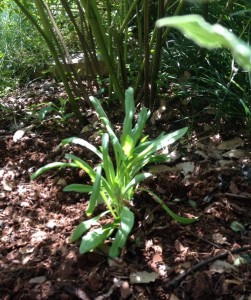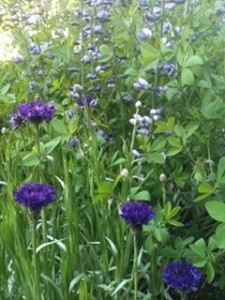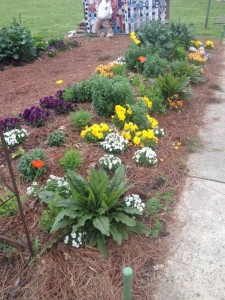 Last fall the little plot that I’ve come to call the ‘Better Late Than Never’ garden was gradually planted with foxglove, snapdragons, poppies, delphinium, bachelor buttons, ornamental kale, pansies, and violas. Dashing across the street between customers and shop business to add plants and tending it very early in the morning, the garden slowly filled in.
Last fall the little plot that I’ve come to call the ‘Better Late Than Never’ garden was gradually planted with foxglove, snapdragons, poppies, delphinium, bachelor buttons, ornamental kale, pansies, and violas. Dashing across the street between customers and shop business to add plants and tending it very early in the morning, the garden slowly filled in.
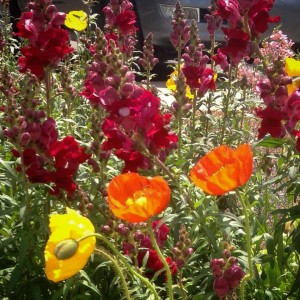
There were a few poppies…
As with any garden, there were successes and failures. I’ve come to accept that nature always has the upper hand and not to take it personally when something doesn’t go exactly as planned. Take the poppies, for example. This year, for some reason (I think it was all the rain late winter into early spring.), they just didn’t fill out like they usually do. Disappointing for sure, but the snapdragons more than made up for the poppies lackluster performance.
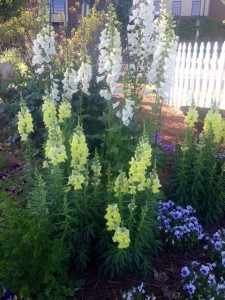
Yellow snapdragons and white foxglove…
I usually have lots of larkspur that reseed in my garden at home. This year I don’t see much coming up at all. Again, it could be the rains or
even the frigid spell late winter this year. It didn’t come up in the shop garden either. Oh, well! The foxglove is beautiful and is putting on quite a show with the delphiniums!
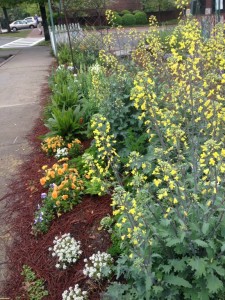
Red Russian ornamental kale adding it’s yellow blooms as it bolts…
My strategy is to have a variety of plants, knowing that there will be some failures but many more successes. Also, between business at the garden shop (and a personal life), I’ve tried to keep the garden weeded and tended as much as possible.
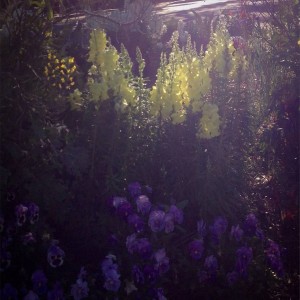
Early morning light on the snapdragons and pansies…
In a perfect world, there would be endless help, every foxglove would be staked, the bachelor buttons would have been cut back at least once to keep them from flopping, the snapdragons would have supports around them, and the pansies and violas would have more constant deadheading…but whoever said life was perfect, and wouldn’t that actually be a little boring?
The nursery is full of plants for your summer garden. Spring is all about renewal and hope for a new season, so plant your garden with things you love and try something new too. I’m not sure what this summer will hold for the ‘Better Late Than Never’ garden. I do know we’ll enjoy the beauty of all that’s growing now through our busy spring season and get it planted, finally…(Better late than never!).
Happy spring planting to all of you, remember to maintain the garden as best you can, and always enjoy observing life in your garden too…
Posted by Kris Blevons

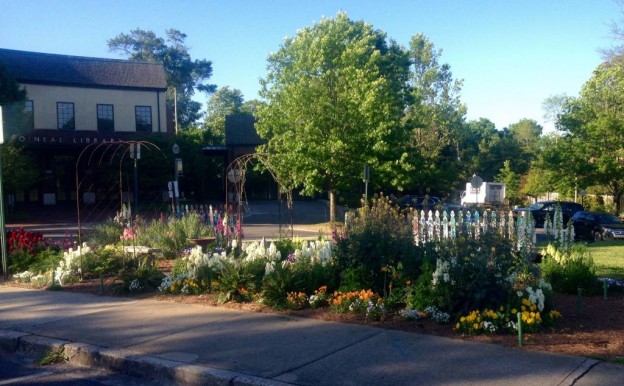
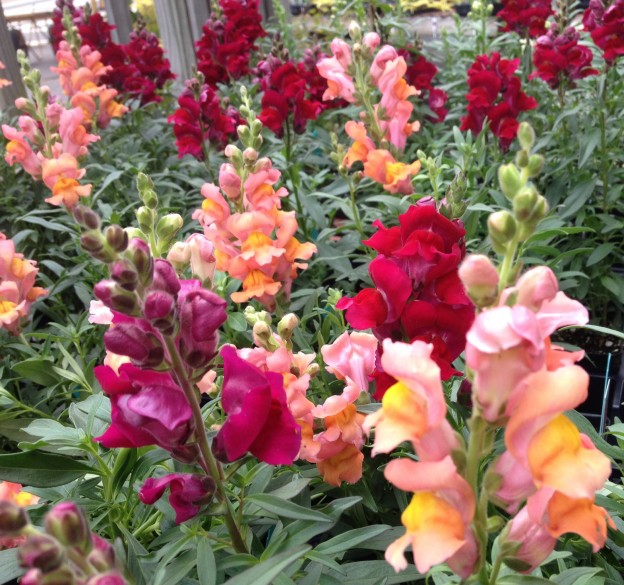
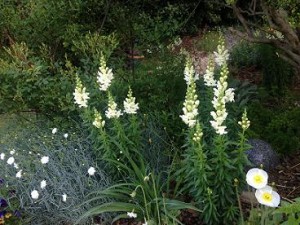
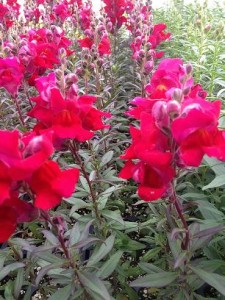 Snapdragons can be purchased in the fall in cell pack flats and in larger pots as well. Many times they’ll be in bloom. When theses initial bloom spikes are finished, cut them back below the faded flowers. This will ensure they’ll branch and be fuller and more robust. Through the winter the plant’s energy will go into growing roots and strong leaves – the beautiful blooms next spring are your reward!
Snapdragons can be purchased in the fall in cell pack flats and in larger pots as well. Many times they’ll be in bloom. When theses initial bloom spikes are finished, cut them back below the faded flowers. This will ensure they’ll branch and be fuller and more robust. Through the winter the plant’s energy will go into growing roots and strong leaves – the beautiful blooms next spring are your reward!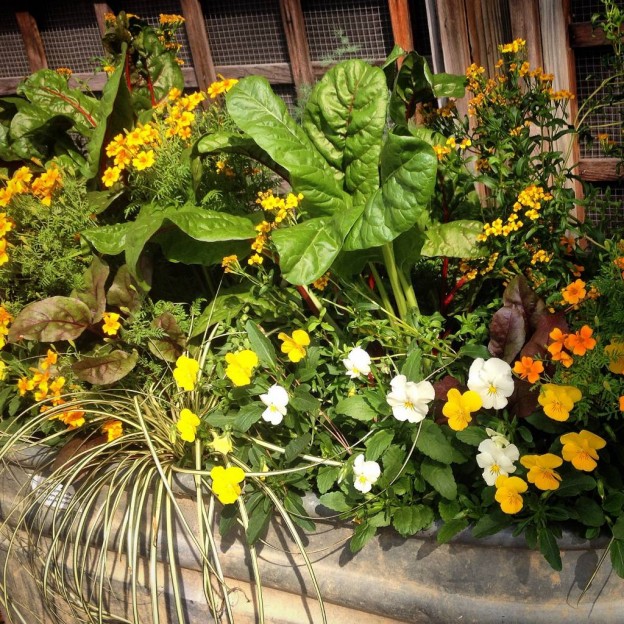

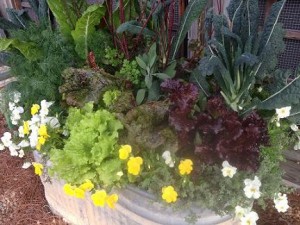
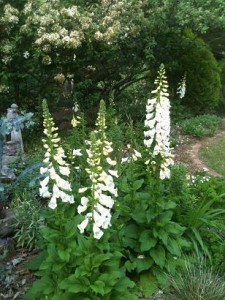 Start with pansies and violas for beds and planters, then add supporting players. Some of the prettiest additions to your winter/early spring garden are
Start with pansies and violas for beds and planters, then add supporting players. Some of the prettiest additions to your winter/early spring garden are 